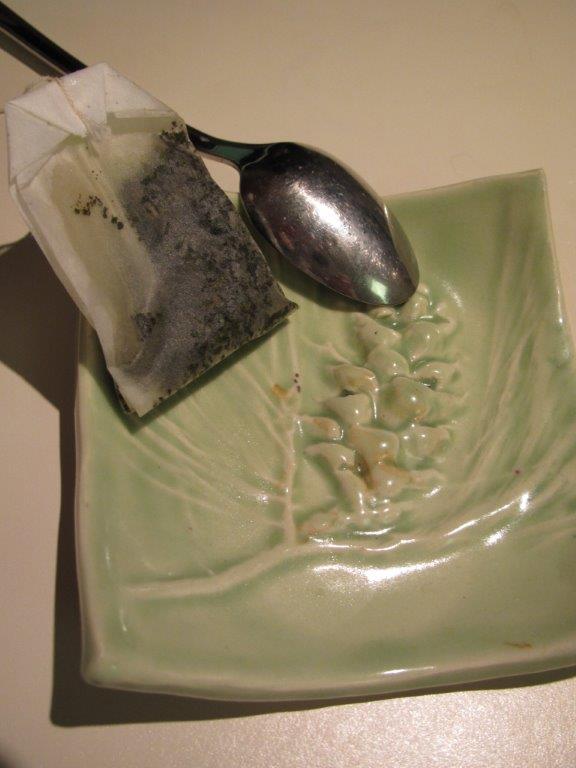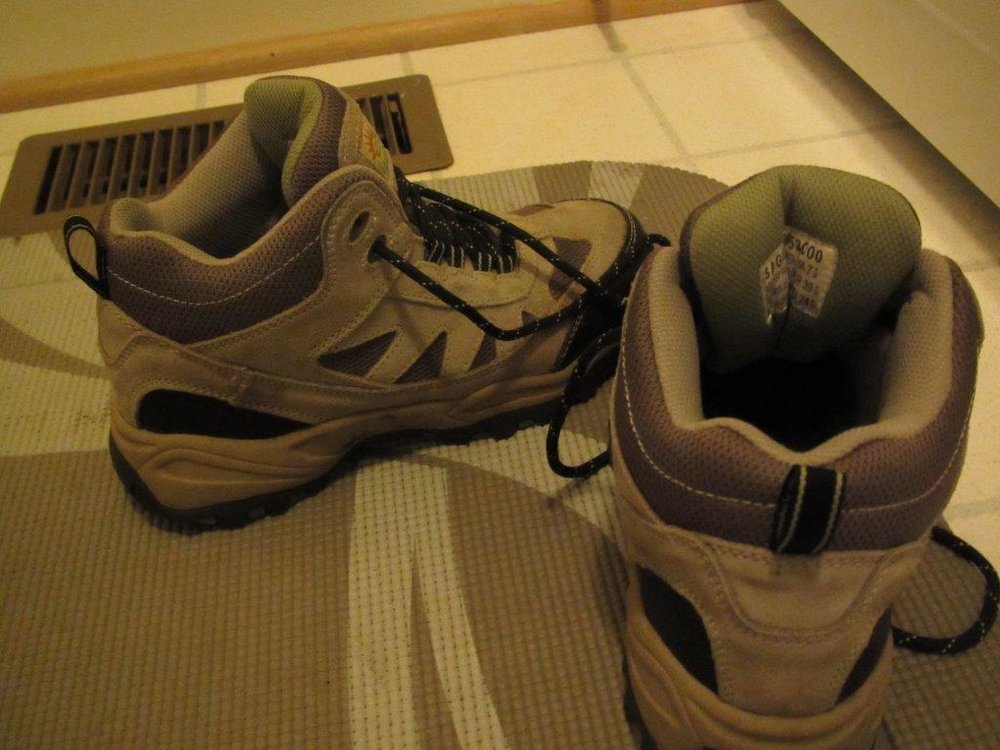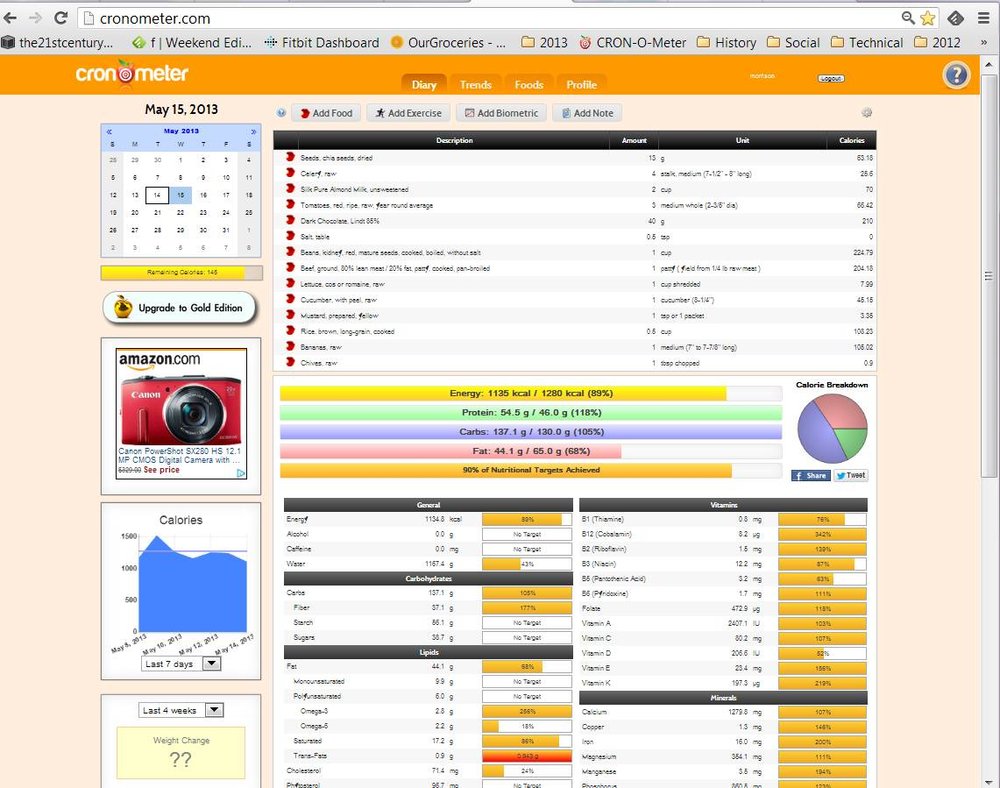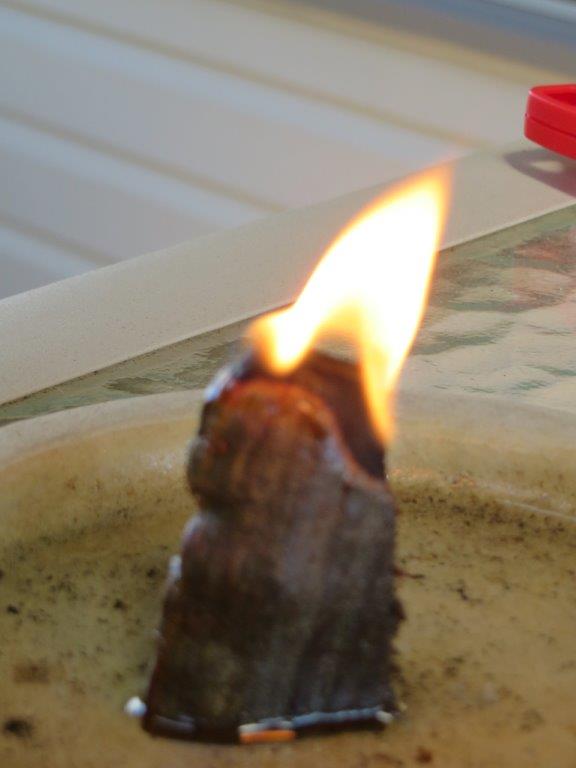Staying Warm when it’s Cold Outside
/It is cold most days in Maryland this time of year - so all my strategies for staying warm are being applied.
Indoors
Our house is pretty well insulated and the windows are double paned….but we keep our thermostat adjusted for comfort assuming we are dressed for the season.
- Layers of clothing - My favorite clothes this time of year are pants with a long sleeved sweatshirt or tunic sweater….or a lighter weight top and a fleece vest/cardigan. I keep a cardigan in the coolest room of the house (first floor, vaulted ceiling, North West side of the house….it’s nippy in the early morning!).
- Socks or Slippers - I prefer not to wear shoes in the house so I wear thick socks…and sometimes Isotoner slippers. When my feet are comfortably warm, the rest of me feels warm too! (In the summer, I find that when I go barefoot so that my feet are cooler….I feel cooler overall…so it works both ways for me.)
 Hot tea or chocolate - Anything hot to drink is warming. My favorite I hot tea having never developed the taste for coffee and deciding that hot chocolate I too laden with calories to have more than a cup each day. I have a large mug that I take with me just about everywhere in the house on really cold days.
Hot tea or chocolate - Anything hot to drink is warming. My favorite I hot tea having never developed the taste for coffee and deciding that hot chocolate I too laden with calories to have more than a cup each day. I have a large mug that I take with me just about everywhere in the house on really cold days.- Homemade Soup - Soup is the salad of winter. I make a homemade soup for at least one meal on every cold day. That means buying kale (I buy a large pre-washed bag of leaves and put it in the freezer, taking out just the amount I need for a meal. It tears very easily when it is frozen) instead of lettuce and getting creative about other ingredients from the produce section (onion, peppers, butternut squash, mushrooms, carrots), canned goods (beans, diced tomatoes) and frozen foods (cauliflower, broccoli, peas, corn). Sometimes I use bouillon and sometimes I simply stir in some water thinned roasted garlic hummus with stir fried veggies to make ‘chunky’ soup.
- Sunny windows - Take a lesson from cats - enjoy sitting in the sunshine coming through a window on a cold winter’s day. I have my favorite places to catch the sun and I have started opening drapery on sunny days to let the sun warm rooms. They become the warmest places in the house!
- Upper flours - The top floor of our house is always the warmest (warm air rises!) so I arrange my day to spend most of my day there - looking out from my office into the winter forest or in front of a sunny window.
Venturing outside
Getting outdoors when it is very cold is often unavoidable. The strategy is to dress appropriately and minimize the time exposed.
- Coat - I have two coats that I wear for different activities. One is large enough that I can put a heavy hooded fleece under it. I wear it for when I need to shovel the driveway. The other coat is longer - not as good for working but better for walking.
 Boots - My favorite shoes this winter have been my hiking boots. They have thick soles and lots of padding. They also are waterproof for those days when there is a cold rain or slush.
Boots - My favorite shoes this winter have been my hiking boots. They have thick soles and lots of padding. They also are waterproof for those days when there is a cold rain or slush.- Hat and scarf - Hats and scarves can give warmth and color. I tend to only wear them when I am not wearing my hooded fleece.
- Gloves - Gloves are another story. I have a very warm pair of gloves, heavily padded, that I use or shoveling snow or other outside work. They are too cumbersome for driving so I have lined Isotoner gloves that I wear for errands. The challenge is to always take the time to put on gloves even when I am going to be out for a short period of time. It is surprising how fast the hands get cold and the skin becomes overly dry.
Here’s wishing you warmth on a winter’s day!


































